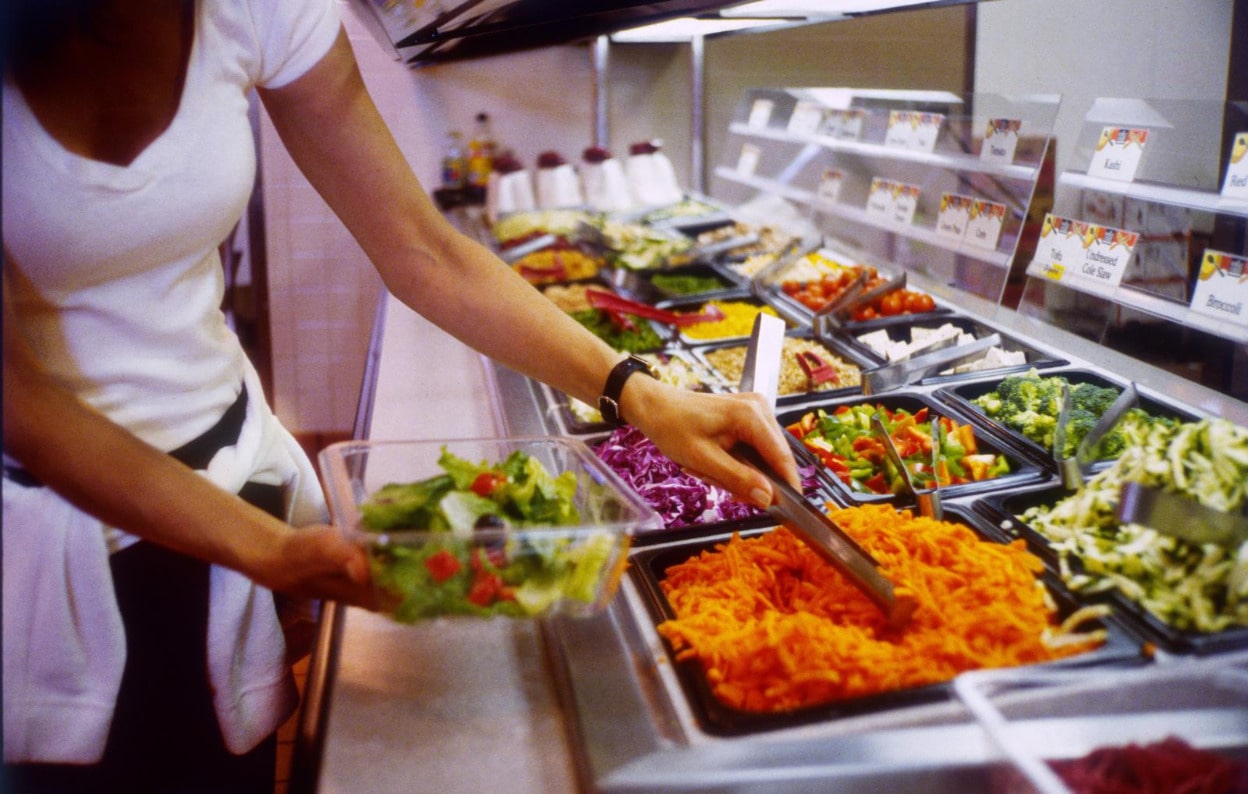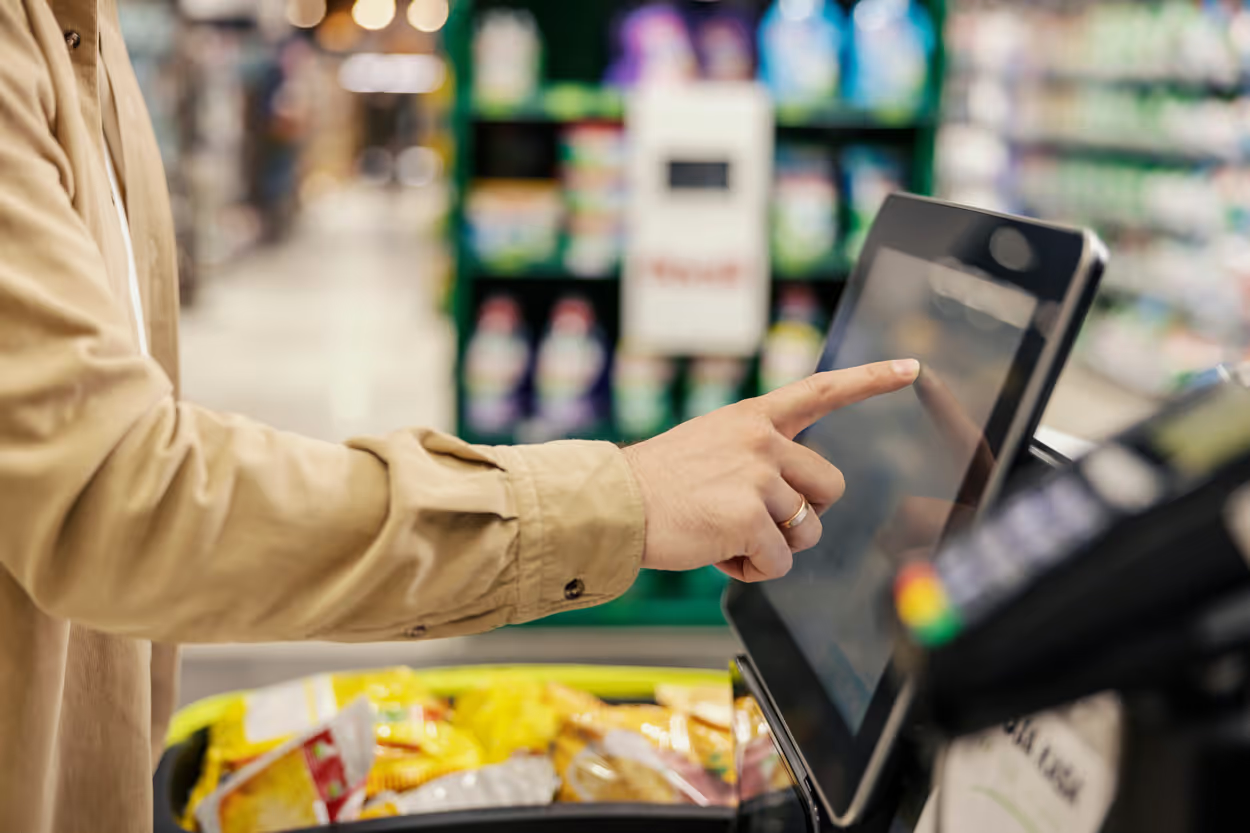Grocery gourmet: modern shoppers’ new favorite dining spot
As Gen Z and Millennials gain buying power, they are defining where and how they eat; one of the biggest concerns of these generations of buyers is rising prices. Consumers, especially consumers who’re just starting out, have felt the pinch of rising grocery costs as well as rising restaurant prices. Because of this, they’re on the hunt for more budget-conscious shopping and dining – which has the effect of turning grocery stores into gourmet hangouts.

Shifting consumer behaviors
As Gen Z and Millennials gain buying power, they are defining where and how they eat; one of the biggest concerns of these generations of buyers is rising prices. Consumers, especially consumers who’re just starting out, have felt the pinch of rising grocery costs as well as rising restaurant prices. Because of this, they’re on the hunt for more budget-conscious shopping and dining – which has the effect of turning grocery stores into gourmet hangouts.
In response to this trend, grocery stores are stepping into the game by expanding their service offerings to create a better in-store experience. Part of that expansion is to offer a restaurant-like experience inside a grocery store. It might seem unusual to combine these two industries together, but the following statistics tell a compelling story that makes this grocery “gourmet dining” trend more palatable:
- 65% of Gen Z and 62% of Millennials have dined at a grocery store in the past 6 months
- 55% of consumers are eating out in restaurants less often
- 28.5% of Gen Z and Millennials prioritize budget when dining out
By introducing in-store dining, they not only meet these expectations but also encourage customers to make their visit a one-stop shop, increasing overall spend per trip. It also provides additional cross-selling opportunities as the restaurant can promote ingredients used in their dishes so customers can learn to make the same meal at home. In-store dining is quickly becoming a key differentiator for younger shoppers seeking convenience and experience.
Retailers leading the charge
Grocery Dive notes that the best way to draw people into stores is by creating an exciting experience. From chef-led tasting stations to curated local product displays, these are the “unique experiences that help create delight and recapture the personal connection between retailers and consumers.” Retailers that host events and create engaging in-store experiences are gaining market share by building stronger connections with customers and are succeeding in becoming “community hubs”, rather than just places to pick up weekly essentials.
Mashed highlights the top twelve restaurants located inside grocery stores, ranging from gourmet to ethnic to quick-service food, all offering an irreplicable experience. It states that “having multiple dine-in options inside the store is a great way to bring in customers looking to make a mini-excursion out of their weekend food run.” The value of a place where you can grab dinner, hang out with friends, and still remember to pick up your almond milk on the way out is unmatched.
Other retailers are looking to expand into offering restaurant experiences as well. Convenience stores are now going the extra mile to serve and expand their customer base. Whether it involves a seemingly endless line of gas pumps or unique food choices, these fuel stations have become a destination for both tourists and locals. Consumers love the vast menu items and atmosphere that many of these stores prioritize, making these locations must-stop destinations.
Why it works for Gen Z and Millennials
Dining in grocery stores also saves a trip by combining shopping and a meal. Edmund Halabi, owner of Italian House restaurant, says, “Two stops sound like a waste of time to [millennials], so if they’re in a grocery store, they’ll stay to have dinner.” Additionally, tipping at these locations often isn’t necessary, saving consumers an additional 15-20% on meal costs. This new in-store dining model appeals to both budget-conscious and experience-seeking crowds. In a time of economic uncertainty, this combination gives grocery stores a competitive edge.
What this means for the future of dining
As more consumers seek convenient, all-in-one shopping and dining experiences, grocery stores are increasingly investing in dining spaces to meet this demand. The National Retail Federation’s Robert Grimes shares that “the convergence of foodservice and retail isn’t just a trend—it’s a strategic imperative for businesses looking to innovate and thrive.” These hybrid spaces have even earned their own name: grocerants.
There’s potential for more retailers to join the grocerant movement and enhance their in-store experience by collaborating with local chefs and offering creative menus. These partnerships benefit both sides —retailers provide prime real estate, and chefs deliver elevated dining experiences. With co-branded food products that can be served in the kitchen and then sold in the store, customers reap the benefits of creating their new favorite dishes at home.
How retailers win
In a world where convenience, experience and value are king, grocery stores are redefining what it means to dine out. As Gen Z and Millennials continue to shape consumer trends, their preference for affordable, health-conscious, and socially shareable experiences is transforming grocery aisles into culinary destinations. Retailers are leading the charge, with proof that blending shopping with dining is more than a novelty—it’s a strategic evolution.
With the rise of grocerants, the future of food is no longer confined to traditional restaurant archetype. Instead, it’s unfolding in the very places we shop, offering a glimpse into a new era of dining that’s as practical as it is experiential.
Implementing a grocerant is one of the many ways you can provide excellent experiences as a retailer. For more tips, check out our article on store transformation through experience-driven retail.



